Come Summer in the U.S., there’s a strong tradition of summer American road trips. Back in the 1950s, the quintessential summer family vacation involved piling the children into a station wagon or minivan and hitting the open road, making several stops along the way.
And because of the vastness of the country – it’s about 4,600 kilometres from one end to the other, after all – there’s a downright stunning amount of variety in the terrain and landscape.
Parts of the southeast are practically tropical, with always-warm temperatures and cool ocean breezes. Head north to New England, and you’ll be welcomed by quaint seaside fishing towns and forested shorelines. The middle part of the country offers everything from huge canyons and mountains to sweeping meadows and sprawling deserts, and if you head to the west coast, it’s everything from surfer beaches to locally owned art galleries and wine tasting rooms.
In our 2 part guide to American road trips, we are sharing 5 of the best American road trips over the next week. Part 1 explores arguably the most beautiful places on the West Coast, Florida and its 17 major islands, and the natural parks of Utah.
San Francisco to Los Angeles On Route 1
For the ultimate American road trip, make it a Californian one. Take the drive from San Francisco to Los Angeles along the famous Highway 1. The route passes by what are arguably the most beautiful places on the West Coast, including Monterey and Carmel-by-the-Sea, Big Sur, San Luis Obispo, and Malibu before arriving in downtown L.A.
From the San Francisco Bay Area, the first stop is Monterey, around 90 minutes south. The seaside city was made famous in the early 20th century by writer John Steinbeck in novels like “Cannery Row,” and in Monterey, you can visit the actual Cannery Row that inspired the book. Depending on your interests, you might want to rent a kayak and paddle with sea otters and sea lions in Moss Landing, stroll the famous Fisherman’s Wharf, from which whale watching boats depart daily. Be sure to walk the length of the wharf before deciding where to stop for lunch as most restaurants serve free samples of piping hot clam chowder to entice you inside.
Your next stop is Big Sur, home to Point Lobos State Reserve. The large cliffside park offers stunning views of the coastline as well as several easy hikes along the water. It’s a great spot to quickly get a feel for the natural beauty offered along California’s Highway 1.
While continuing to drive south, be sure to stop at the famous Bixby Bridge and Julia Pfeiffer Burns State Park. Take the waterfall trail to McWay Falls, which passes under the highway. It’s only about a 10 minute walk to see what is possibly the most photographed location in all of Big Sur.
Bixby Creek Bridge
As you continue towards San Luis Obispo (SLO), stop at the elephant seal rookery in San Simeon. The protected beach is home to hundreds of enormous elephant seals who come to the beach to mate and raise their young. Interpretive volunteers are usually on hand to answer everything you could possibly want to know about the rather bizarre-looking species. The elephant seal rookery is also quite close to Hearst Castle, which is often considered the most impressive home in the United States. Tour reservations are essential.
Depending on how much time you have to spend in SLO, you could take an Edna Valley cycle and wine tour, paddleboard or kayak with wildlife by Morro Bay, or soak in the warm water of a natural hillside spring at Sycamore Mineral Springs Resort.
Finally, take a day or two to make the drive to L.A. It’s worth spending time in the city if you’ve never visited. Otherwise, the surfer beaches just north of L.A. like Ventura and Malibu are the perfect spots for a quick surfing lesson or beachfront spa treatment.
Click here for more ideas on road trips to take in California.
Miami-to-Miami loop via the Florida Keys
If you’re aching to feel sand between your toes – and perhaps try some of Florida’s famous conch fritters – plan to drive through the Florida Keys on your next vacation. The island chain is approximately 200 kilometres long and includes 17 major islands, including Key Largo, Islamorada, and the always-popular Key West.
The islands have a tropical vibe and are the southernmost point in the United States. During the drive, you’ll cross more than 40 bridges and drive along highways with bright blue ocean on both sides. The views alone make it one of the best drives in the country.
Rent your car at the Miami airport and start your drive south, first arriving in Key Largo. As the largest of the keys, it’s known for its healthy underwater reefs. Getting in the water is the best way to cool off in Key Largo, and as John Pennekamp Coral Reef State Park is a marine reserve, it’s an excellent place to do so. Sign up for an intro to diving class with the Rainbow Reef Dive Center or snorkel off a roomy catamaran with Snorkel Key Largo. Plan to grab lunch at the tiki-style Snappers Beach Bar or experience an authentic island-style dive bar at the laid-back Alabama Jacks.
Islamorada is the next significant island in your trip, and Indian Key Historic State Park is worth a stop if you’re intrigued by pirate history; there are more than a dozen shipwrecks beached in the park. Dozens of small islands surround Islamorada, so if you fancy spending time on the water, rent a kayak and do some easy ocean paddling between the island and nearby Indian Key (where you’ll find the ruins of a former settlement!)
Next up is Marathon Key, but you’ll pass through several islands on the way that are home to Key deer. These miniature (and adorable) deer live throughout the island chain and are often spotted from the side of the road on some of the more narrow islands.
If you feel like squeezing in some beach time, stop at Sombrero Beach on Marathon Key. It’s a local’s favourite and is one of the most beautiful throughout the island chain. The Turtle Rescue and Rehab Center is on Marathon, so if you want to learn more about the ecology and animals of the keys, sign up for a facility tour. The work is quite fascinating and has been very successful in helping sea turtles injured by human recreation. If you’re lucky, you may even be able to feed some resident turtles at the end of the tour.
From Marathon, it’s straight through to Key West, crossing over the impressive seven-mile bridge. Key West is a town like no other, with brightly coloured buildings, constant live music and street performers, and plenty of chickens roaming freely. If you’re feeling a bit sunburned and tired from your journey thus far, book a beachfront massage at or at the eastern-inspired Amri Key West. Treat yourself to a high-end dinner at Latitudes (on a private beach accessed via high-speed transfer) or watch sunset from Shor Grill’s deck, where the conch fritters are a must-try.
Photo by Andy Newman/Florida Keys News Bureau
Though Key West is the end of the island chain, it’s only the halfway point in your drive as you’ll fly out from Miami. If you make all your stops on the way down, the journey back to Miami should take about three hours from Key West. But it may be best to stop at new islands on the way back to ensure you don’t pass by any amazing photo opportunities or inviting beaches.
Click here for more ideas on road tripping in Florida.
Utah National Parks Loop
If you love trekking and exploring the outdoors, plan your road trip to Utah, one of the U.S.’s western mountainous states. The country’s national park system is often seen as a point of pride for Americans, with more than 211,24,590 hectares protected within the parks for recreational and natural use. The state of Utah is home to some of the most beautiful parks in the park system, and this road trip will take you past all five.
Start in Salt Lake City, the state’s capital. Head first towards Arches National Park, near Moab, Utah. The park is known for the often-photographed red rock arches that dot the landscape as well as pinnacle formations and balanced rocks. There are more than 2,000 natural rock arches in the park, so nearly any hiking trail you choose should go past at least a few. The only lodging option in the park is camping, so if you don’t feel like roughing it, stay at Under Canvas Moab, just a few miles outside the park entrance. The hotel offers luxury glamping in furnished safari-style tents and is close enough to Canyonlands National Park that you can stay there for a few nights while exploring both destinations.
If you’ve ever seen old films set in the western U.S., you’ll have a pretty good idea of what to expect at Canyonlands, the next park on your road trip itinerary. Expect incredible views of soaring mesas and sweeping desert, dramatic landscapes, and vast canyons eroded by winding rivers. While hiking, ATVing, and learning about the Native American art on-site are popular activities, it’s worth staying up late one night to stargaze. The skies above the park are some of the darkest in the U.S. and it’s usually possible to see the Milky Way without the aid of a telescope. Ranger-led stargazing programs are available most nights.
Next, drive west towards Zion National Park, one of the country’s most popular. Most of the park is in a huge basin eroded by the Virgin River, creating huge striped cliff bands that seem to stretch for days. In addition to cliffside trekking, the park is home to slot canyons, waterfalls, whitewater rafting opportunities, and The Narrows, one of the U.S.’s most famous hikes. The aptly named route is a short trek through a very narrow slot canyon with walls more than 300 meters tall. It’s a short hike, but you’ll be walking through a flowing river for most of the time, so consider bringing hiking sandals that can get wet as well as a dry bag to protect your electronics. Depending on what route you wish to take, you may need to obtain a permit in advance.
Your fourth stop will be Bryce Canyon National Park, where several canyons filled with thousands of hoodoos (thin, rocky spires) provide plenty to see. Horseback riding through the park is a popular activity, though it’s worth taking at least one hike that gains significant elevation; the sprawling hoodoos are best viewed from above. A shuttle system is available in the summer in case you start and end your trek at different trailheads. If you want to stay within the park, opt for a room at the historic Lodge at Bryce Canyon, opened in 1925.
Finish your road trip by making a stop at Capitol Reef National Park. Though the park’s terrain is mostly desert, it offers a few hikes through canyons and gorges, too. It’s a dark sky park, so like Canyonlands, the evening stargazing is some of the best in North America. But the park’s true must-see attraction is the Cathedral Valley area, where massive rock formations spring from the landscape like giant cathedrals. If you’re into photography, go early in the morning or at dusk to catch a golden glow. You can also do a drive through the valley if you’re in an SUV or other vehicle with high clearance.
Click here for more ideas on road trips in Utah.

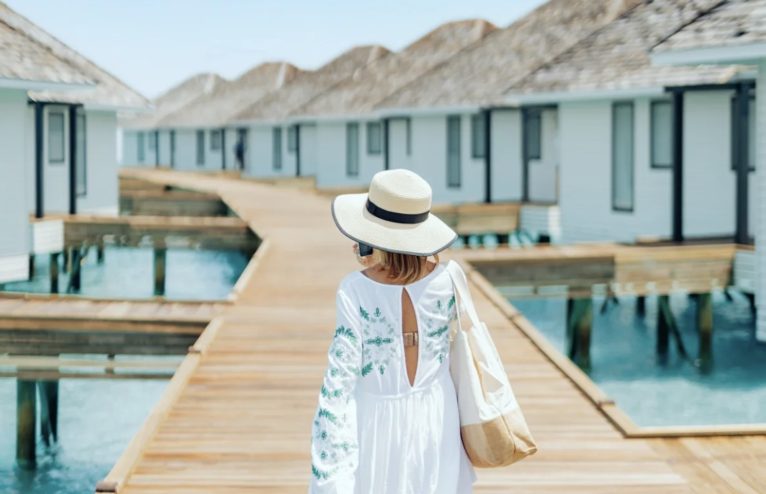
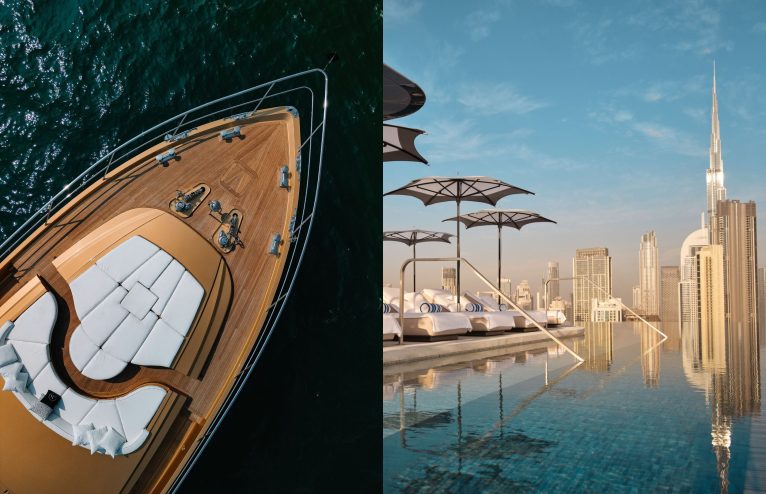

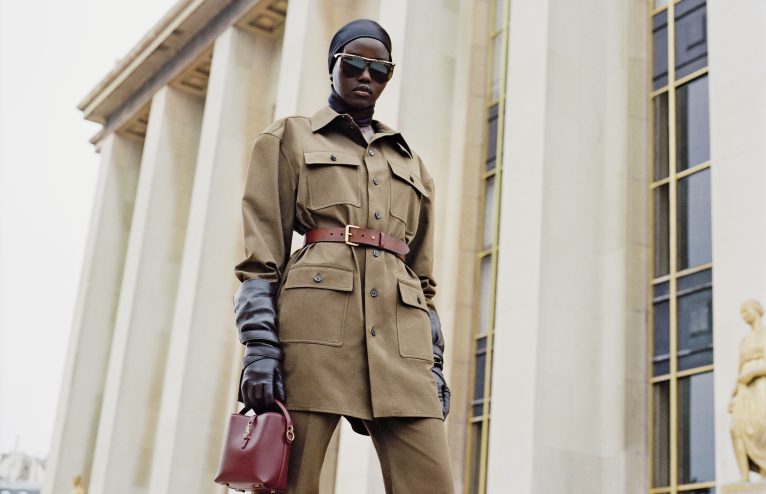


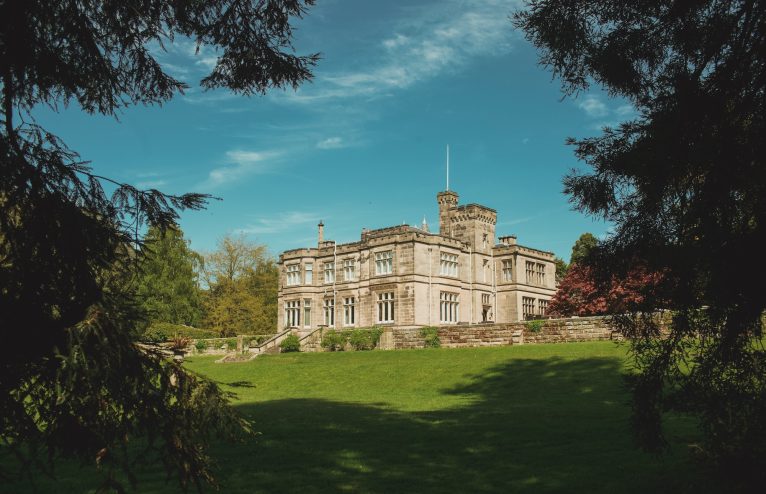








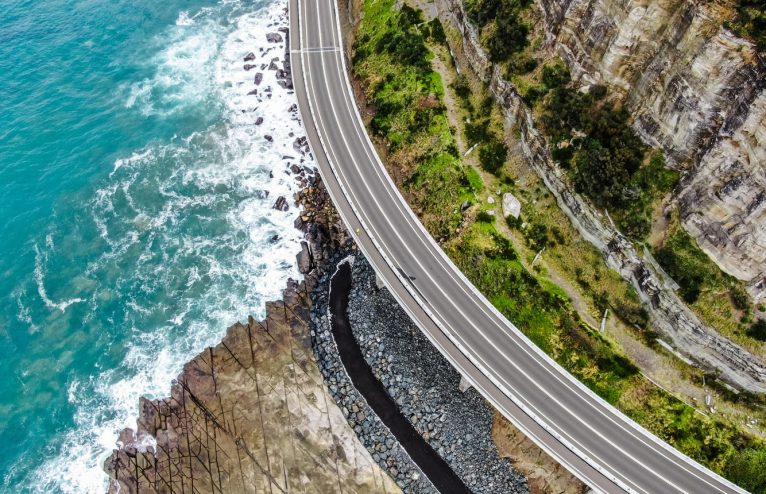

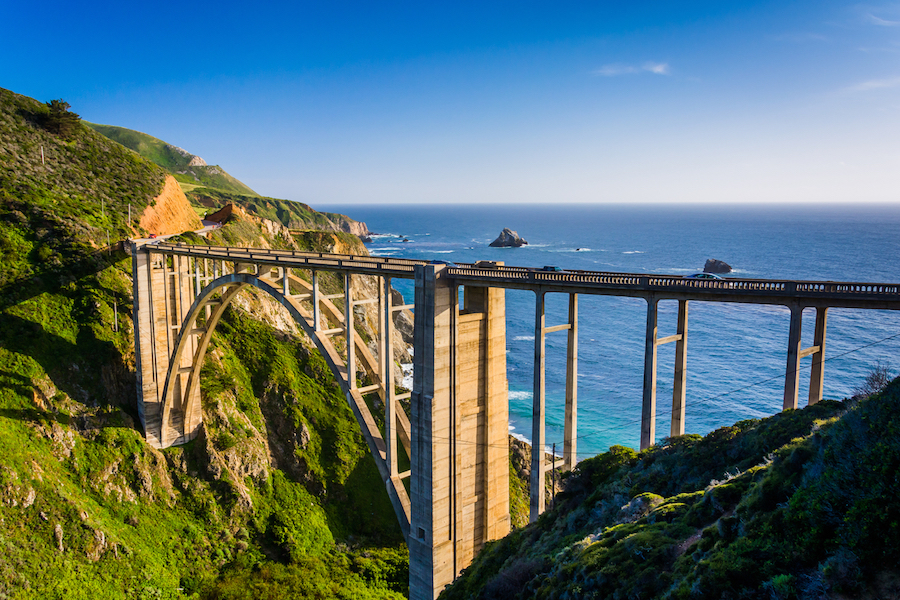


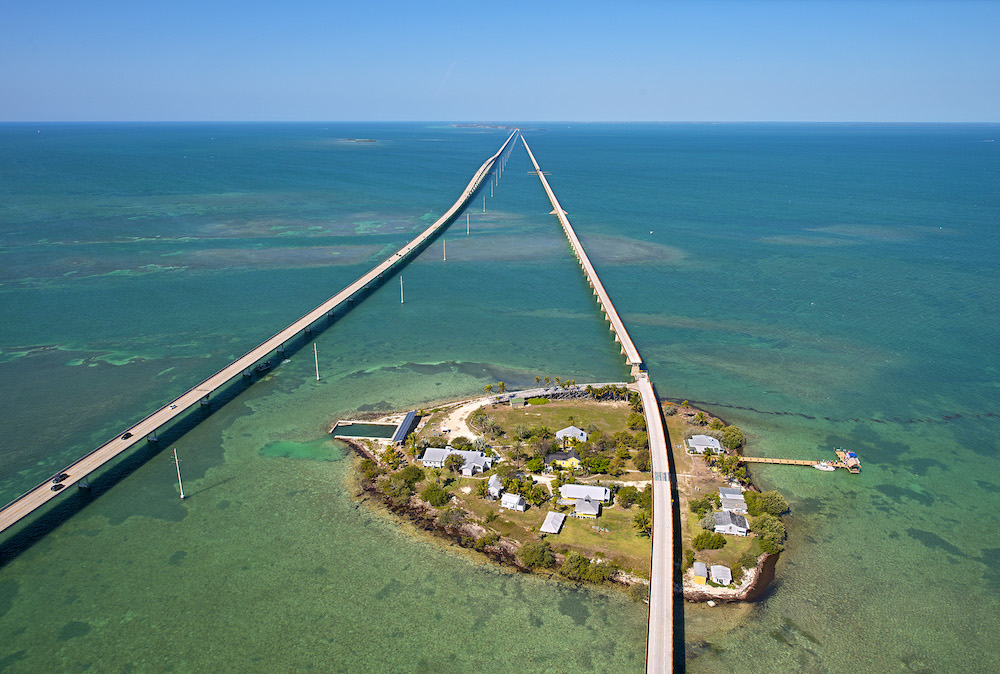
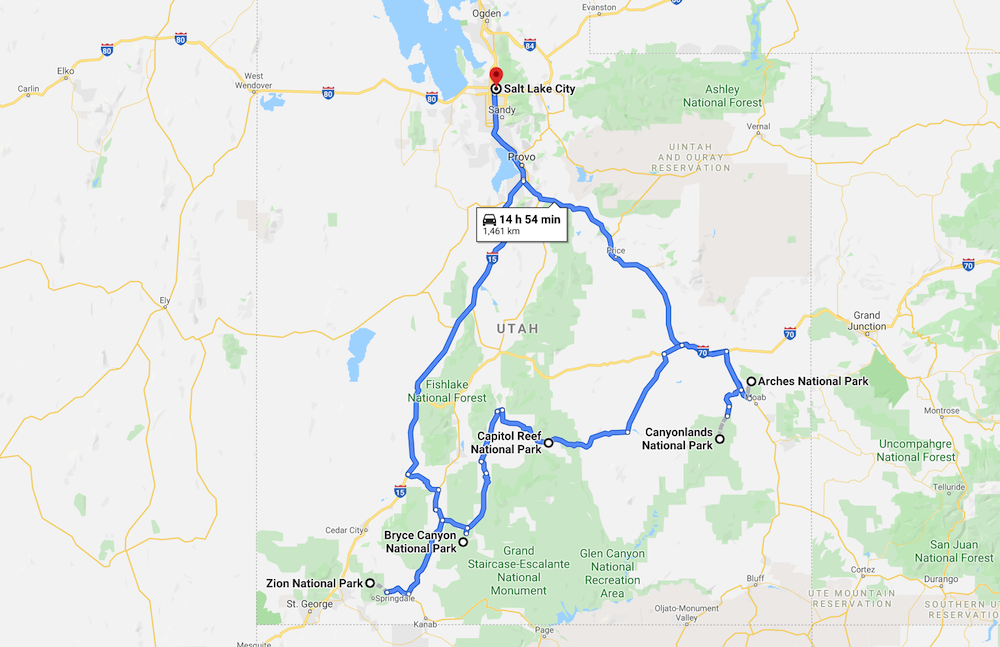
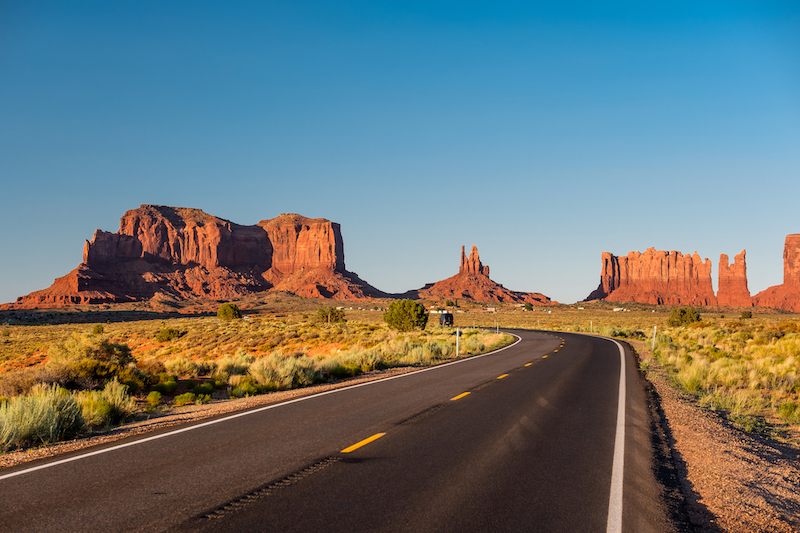


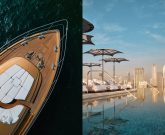
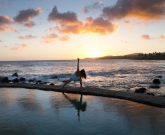
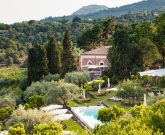
Any Questions or Tips to add?